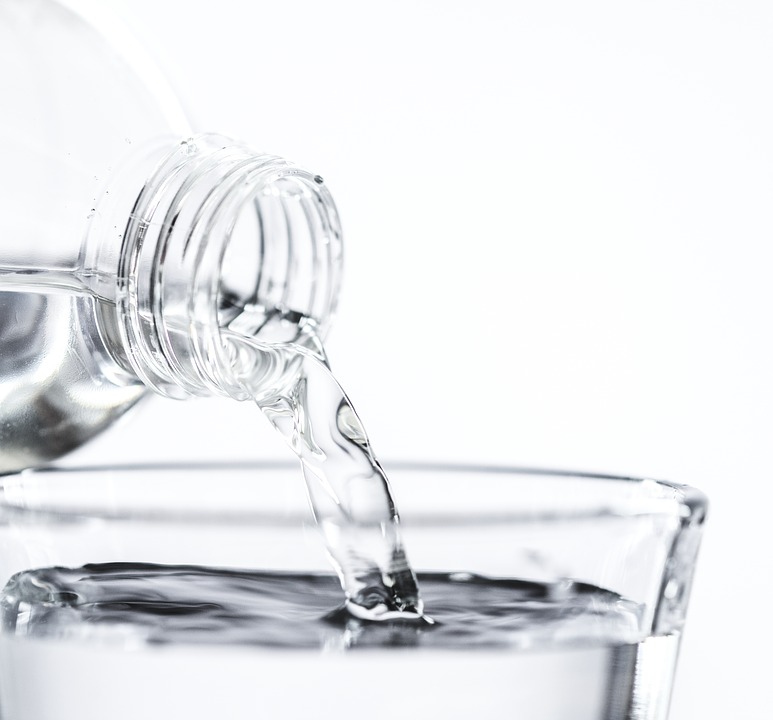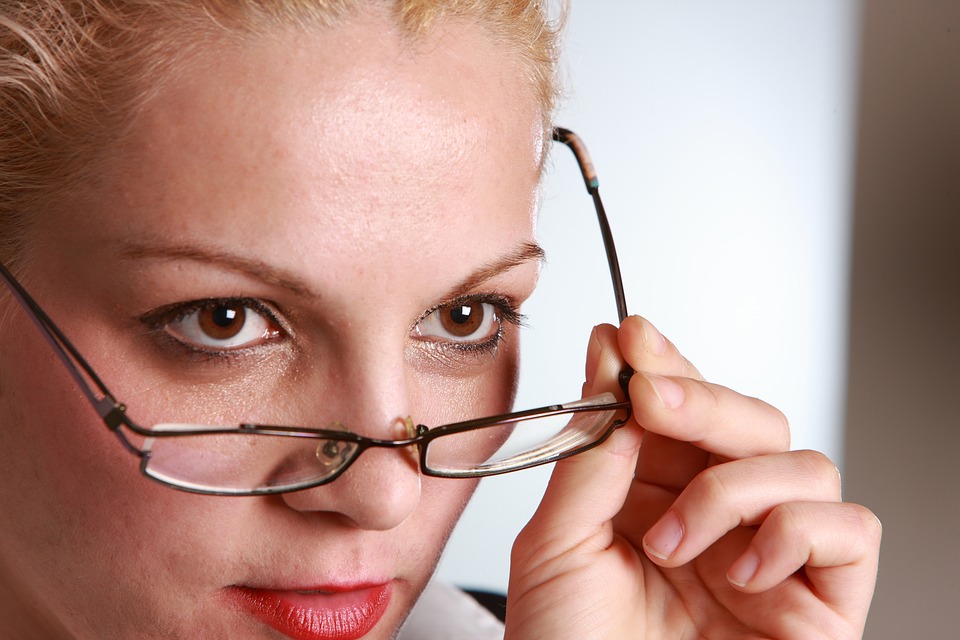How to be prepared for safe drinking water during emergencies .We often take the household water supplies for granted but when healthy drinking water is not available, it is more than just botheration, and it becomes health emergency as well. Tornadoes, hurricanes, winter storms, and floods are some of the disasters that lead to hindering of natural water supply. Interruptions may happen for a short period or for many days as well.
You can rely on the bottled water but usually it is sold out very quickly at the time of emergencies. In case, you are not able to find it, you can boil the available water to make it healthy and safe for drinking purpose. Boiling is one of the oldest and most effective techniques for getting rid of the contaminants and disease. If the it seems cloudy, start by filtering using clean cloths and allowing it to settle. After drawing off, you can boil it for use. Boil it for a minute, let it cool, and store in clean containers with the help of covers.
If you are unable to boil the water, you can make use of bleach for disinfecting it. Bleach will help in destroying most of the organisms. This process should be done using cloth in case water is cloudy. Add around 8 drops of bleach in one gallon , stir it properly, and allow it to stand for 30 minutes before you actually use it. Iodine and chlorine are two types of chemicals that are used for treating the disinfected water.
After you are done then you should store water at a proper location.
Place the containers at a dry and cool place that is away from sunlight. As most of the plastic containers degrade with time, it is better to store them away from light and heat for preventing leakage. As hydrocarbon vapors can be penetrated through polyethylene plastics, you should consider storing water in the plastic containers, away from kerosene, gasoline, and pesticides.
Freezers can be used for storing water for an extended period. If you lose electricity, the water in freezer will also help in keeping the food frozen until power is restored. Leave two to three inches of air space in the containers as the water expands when kept in freezer. Some glass containers may also break regardless of air space.
It is harmful to use the water that appears cloudy and has any type of odor other than chlorine added to it. For reducing chances of contamination, do not open many containers at the same time. Open only one that is needed and store them in refrigerator or below temperature of 40 degrees Fahrenheit. By using the above stated methods, you can stay prepared with enough healthy drinking water even at the time of emergencies.














I actually appreciate your help. This exta little bit of advice will undoubtedly be implemented.
Learned a lot. Surprisingly easy to understand. Thanks for posting 🙂